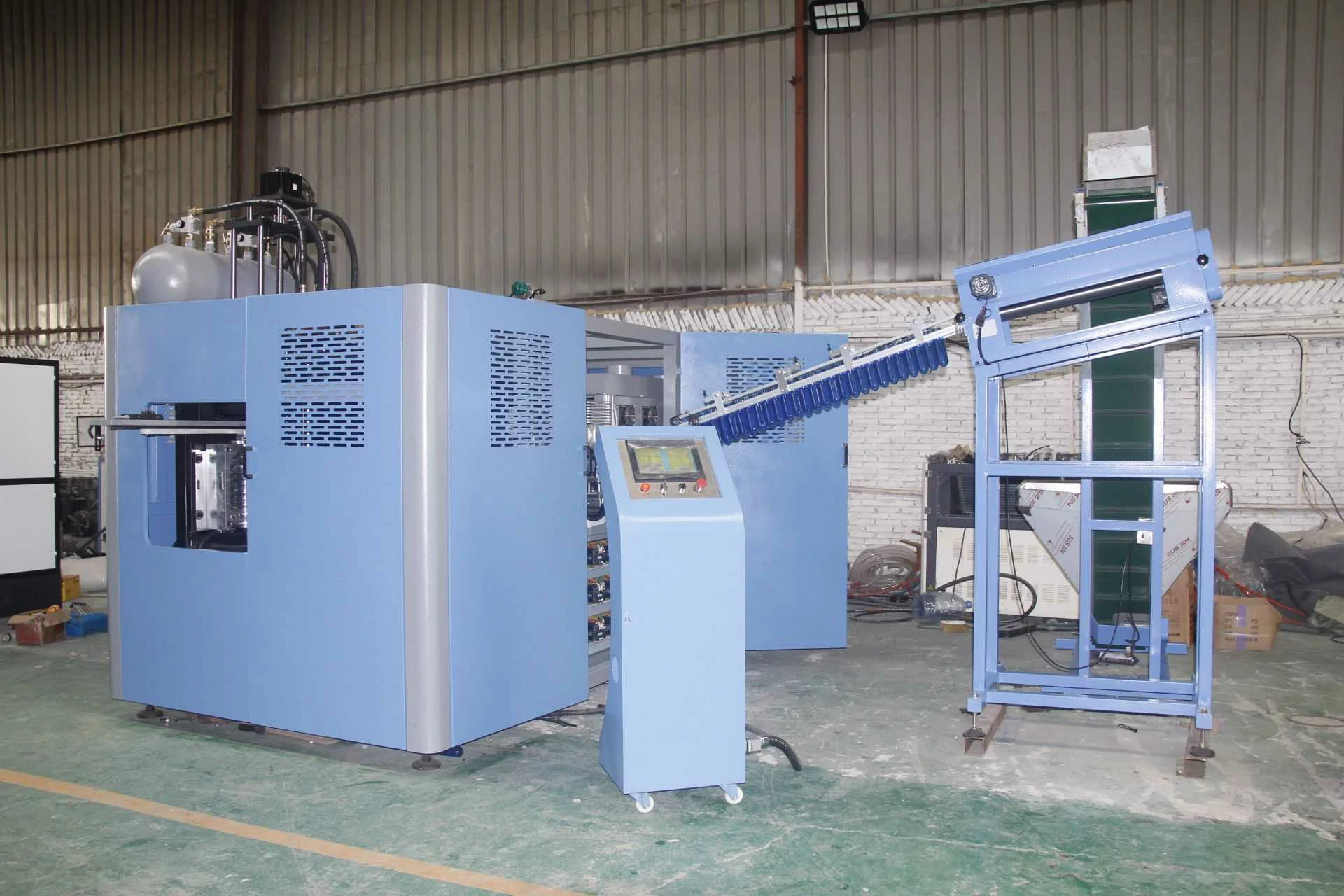A Deep Dive into Blow Molding Uses
A Deep Dive into Blow Molding Uses
Blow molding is a manufacturing process that has gained significant popularity in recent years. It involves the production of hollow plastic parts, such as bottles and containers, by inflating heated plastic material into a mold. This versatile technique offers numerous advantages and has found a wide range of applications across various industries.

One of the primary uses of blow molding is in the packaging industry. Plastic bottles, jars, and containers produced through blow molding are commonly used for packaging beverages, personal care products, household chemicals, and many other consumer goods. The process allows for the production of lightweight and durable containers that are resistant to breakage, leakage, and tampering. Moreover, blow molding enables the creation of complex shapes and designs, enhancing the visual appeal of the final product.
Additionally, blow molding plays a crucial role in the automotive industry. Many components of vehicles, such as fuel tanks, air ducts, and reservoirs, are manufactured using this process. Blow molding offers cost-effective solutions for producing large and intricate parts with consistent quality. The lightweight nature of plastic also contributes to fuel efficiency and reduces the overall weight of the vehicle, leading to improved performance and reduced emissions.
Blow molding is also widely utilized in the medical sector. Medical devices, including containers for pharmaceuticals, laboratory equipment, and surgical instruments, are often produced through this process. The ability to create sterilizable and chemically-resistant products makes blow molding an ideal choice for medical applications. Furthermore, the flexibility of the process allows for the production of customized designs that meet specific requirements, ensuring the safety and efficiency of medical procedures.
In the consumer goods industry, blow molding is extensively used for manufacturing various household items. These include storage containers, toys, kitchenware, and garden tools, among others. The process offers high production rates and allows for the efficient production of lightweight yet sturdy products. Blow-molded consumer goods are known for their durability, resistance to wear and tear, and ease of use. The variety of shapes and sizes that can be achieved through blow molding enables manufacturers to cater to diverse consumer needs and preferences.
Moreover, blow molding finds applications in the construction industry. Plastic pipes, tubes, and fittings are often produced through this process due to its ability to create seamless and leak-proof structures. The lightweight nature of plastic materials makes installation easier and more cost-effective. Additionally, blow-molded construction products are resistant to corrosion, chemicals, and extreme temperatures, ensuring their longevity and performance in various environments.
Furthermore, blow molding is utilized in the production of industrial containers and drums. These containers are commonly used for storing and transporting chemicals, lubricants, and hazardous materials. Blow-molded industrial containers offer superior strength and impact resistance, ensuring the safe handling and storage of substances. The process also allows for the incorporation of features such as handles, caps, and closures, enhancing the functionality and convenience of these containers.
In conclusion, blow molding is a versatile manufacturing process that has revolutionized various industries. Its applications span from packaging and automotive to medical, construction, consumer goods, and industrial sectors. The advantages offered by blow molding, including lightweight, durability, customization, and cost-effectiveness, make it a preferred choice for producing a wide range of products. As technology continues to advance, the possibilities for blow molding are expected to expand even further, contributing to innovation and growth across industries.
https://supplychaininterview.com/